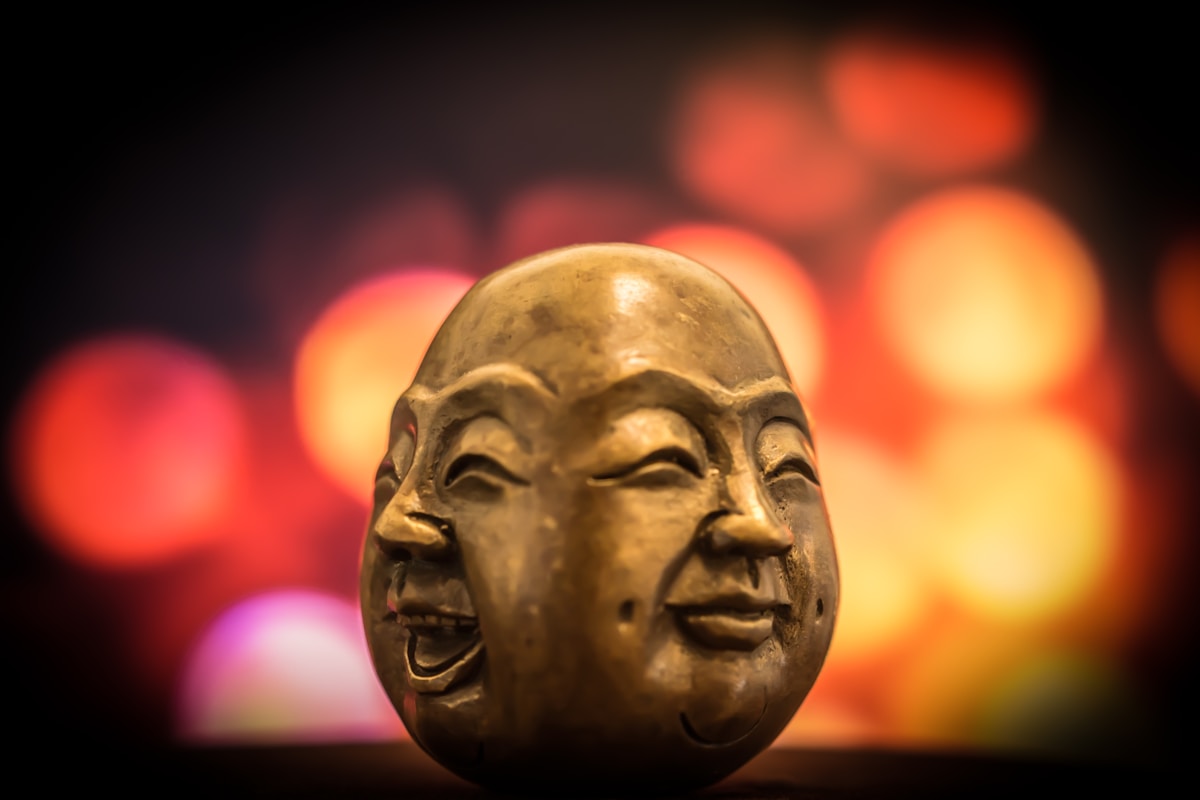According to Ayurveda, there are six medicinal tastes found in nature:
- Sweet
- Sour
- Salty
- Pungent
- Bitter
- Astringent
Ayurvedic nutrition and herbal medicine mainly use these tastes to define the medicinal action that will be created in the body from a substance. All substances have qualities known in Ayurveda as gurvadi gunas; for example, heating, cooling, light, heavy, unctuous, drying, etc. It is through these qualities that we define and fine-tune the possible actions a substance will create in the body. Each of these qualities and tastes has an important therapeutic role in the way our body responds to food, herbs and minerals. The properties of each substance are largely due to the ratio of elements (building blocks) a substance contains.

Post Digestive Taste
In Ayurveda, there is also a post-digestive taste known as Vipak, which represents a substance’s long-term effect after digestion. For simplicity, in the chart below I have listed only 2 types of post-digestive effects which correspond to one of the different classifications found in the texts. One Vipak is building, tonifying and growth promoting, while the other is generally reducing, detoxifying and promoting weight loss.
Taste for the Doshas
In addition to an action, every taste has a dominant affinity to an organ in the body as well as an emotion. Everyone needs a certain amount of each taste depending on his or her constitution, known in Ayurveda as Dosha.
Too much or too little of any taste can become harmful and a taste that would normally balance a dosha could instead lead to aggravation.
An ideal meal should have all 6 tastes present with a generalised percentage of mass being 80% sweet, 10% sour, 5% salty, 2% pungent, 1% bitter and 1% astringent. This ratio will vary greatly for the individual and will generally slightly lean towards the tastes that are most balancing to their dosha.

Taste and the Emotions
These tastes can also correlate to our life experiences and emotions. Emotions can affect the body in a similar way to the tastes and can be even more powerful. A “sweet” experience usually brings us nourishment, growth and contentment, while too many “bitter” experiences can have less desirable long-term effects, such as excessive stimulation on the nervous system and reduction of body tissues.
The chart below makes it easy for you to identify and remember the common qualities that a certain taste may exhibit. I advise you to download the PDF copy, print it out and paste it into your fridge where you can readily access it and become familiar with the medicinal effects and how they influence day-to-day life.

If you would like to study more about Ayurvedic Nutrition to help balance your body and mind Kimmana has created an online course, Essentials of Ayurvedic Nutrition for Everyone.
Kimmana developed the Essentials of Ayurvedic Nutrition Course for Everyone because he believes that every person alive needs foundational nutritional knowledge. The knowledge and skills to fine tune their diet in ways that are vitalising to their unique dosha, triguna, and metabolic tendency.
A revolutionary course using Traditional Ayurvedic wisdom and modern scientific discoveries to give people more personal guidance and control over their own lives.
Click the link below for more information on each individual class.
Wishing you health and prosperity,
Kimmana